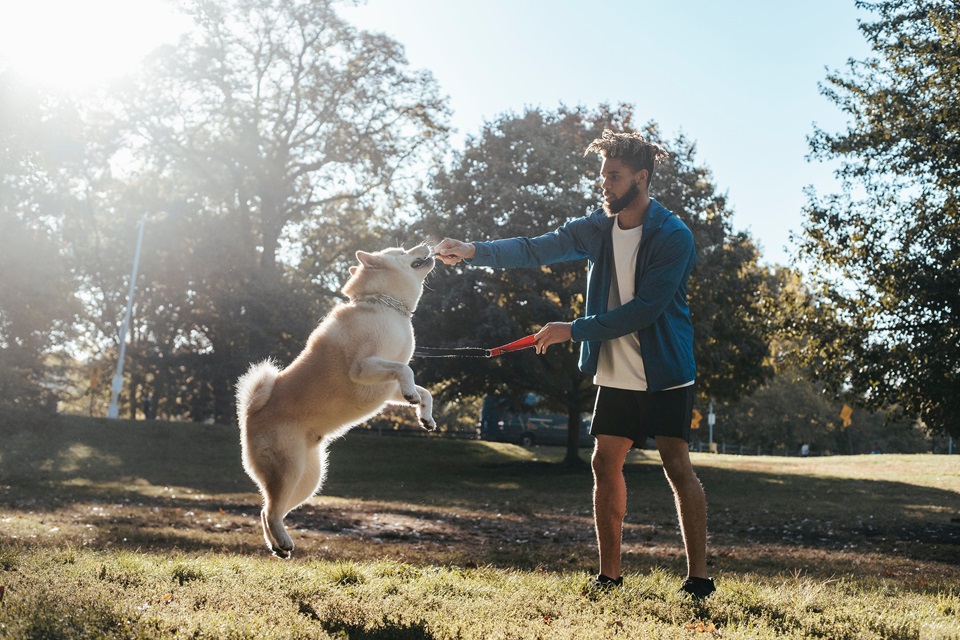Dogs, known for their curiosity and wanderlust, often explore beyond safe boundaries, posing risks to themselves and others. This is where boundary collars for dogs play a pivotal role. These devices effectively train dogs, ensuring they stay within designated areas and promoting their safety and freedom.
This method works well because it teaches dogs boundaries while yet giving them a sense of independence in a supervised setting. This training method keeps canines safe and enhances their understanding of spatial boundaries, an essential aspect of their overall behaviour training.
The Essence Of Training With A Boundary Collar
Positive reinforcement and mild deterrence are at the core of training canines with these collars. When a canine approaches the boundary, the collar emits a signal, typically a mild static correction or a sound, discouraging them from crossing the line. Pairing this with positive reinforcement, rewarding the canine for staying within the safe zone is crucial, thus creating a balanced and humane training approach. This training method fosters a healthy relationship between the canine and the owner, built on trust and understanding rather than fear.
Technology & Effectiveness: How Do These Collars Work?
These collars rely on advanced technology to create invisible boundaries. They are often linked to a signal transmitter that defines the safe area. When the canine nears this boundary, the collar responds. It’s essential to understand that these collars are designed to be humane and safe, providing only mild and temporary discomfort to discourage undesirable behaviour. The technology is sophisticated enough to ensure reliability but simple enough for everyday pet owners to set up and maintain.
Personalising The Training Experience
Each canine is unique, and so should their training. Adjustable intensity levels on these collars allow for customisation according to the dog’s size, breed, and temperament. Additionally, the size of the boundary can be adjusted, giving owners the flexibility to create a safe space that suits their yard size and their canine’s needs.
This personalisation ensures that the training experience is effective and tailored to each canine’s specific needs and characteristics, making the training process more humane and respectful of the dog’s individuality. It allows owners to gradually increase the boundary as the canine becomes more accustomed to the limits, ensuring a comfortable and stress-free adaptation.
Balancing Freedom With Safety
One of the biggest advantages of using these collars is the balance between freedom and safety. Canines enjoy the outdoors without the constant supervision of their owners. In contrast, owners have the peace of mind of knowing their furry friends are safe. This also helps reduce canines running into traffic or getting lost, a significant concern for many pet owners. This freedom is crucial for a dog’s mental and physical well-being, as it allows them to explore and play in a more natural and stimulating environment.
Ensuring Proper Training & Usage
Proper training and consistent usage are key to the effectiveness of these collars. Canine owners must train their canines to understand the new boundaries. This involves a combination of verbal commands, visual aids like flags, and plenty of patience. Once a canine learns the boundaries, the collar becomes an invaluable tool in reinforcing this training. Ensuring that the training procedure is gradual and consistent, allowing the canine to adapt comfortably to the boundaries without feeling overwhelmed.
Conclusion
Incorporating boundary collars for dogs is an excellent way to keep canine companions safe while allowing them to explore their environment. By properly understanding and utilising these devices, canine owners can create a safe and enjoyable space for their pets to thrive. As with any training tool, success lies in responsible and informed usage, ensuring a happy, healthy, and well-behaved dog.
Author
Nellie Heaton








No Comments